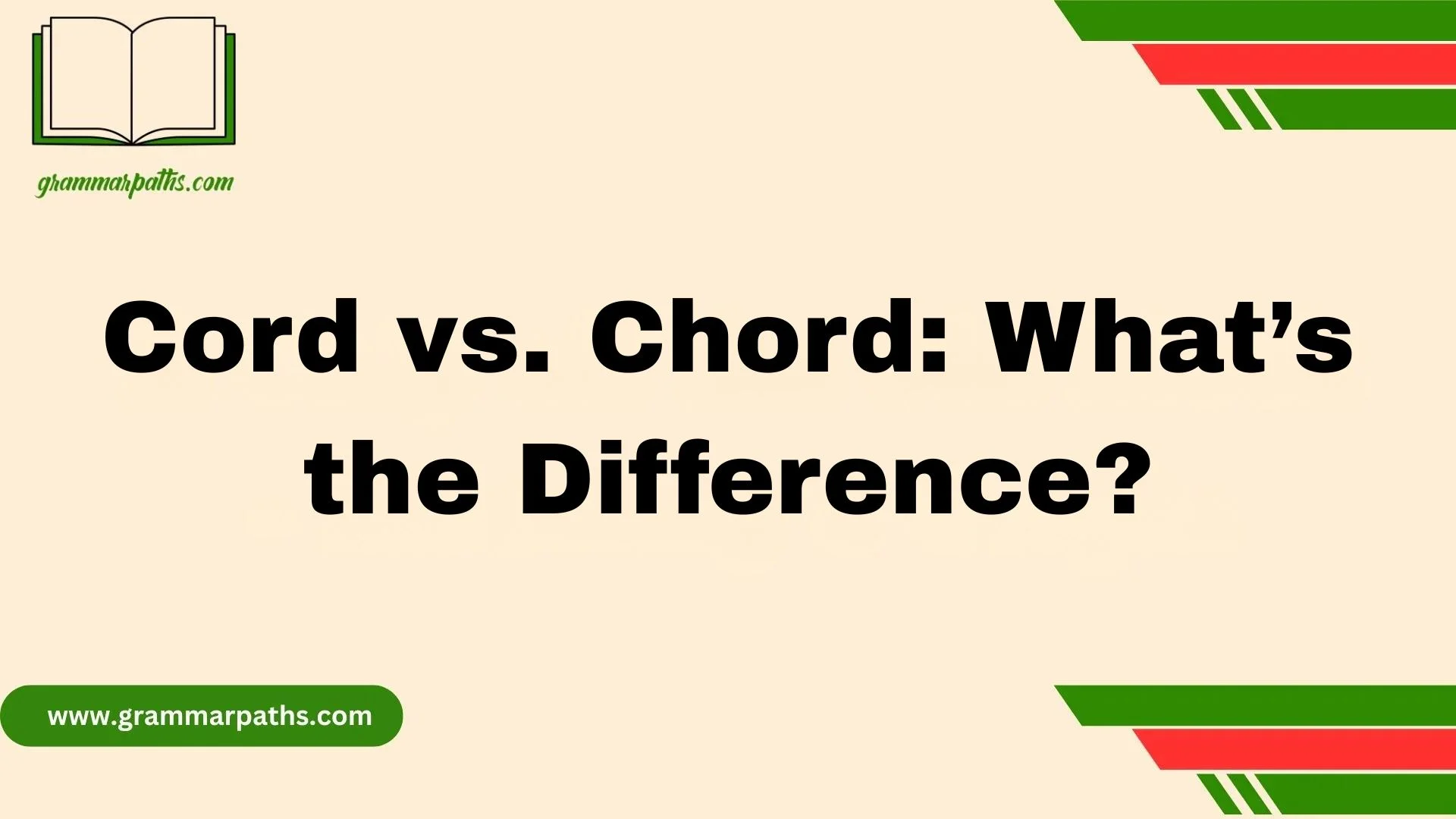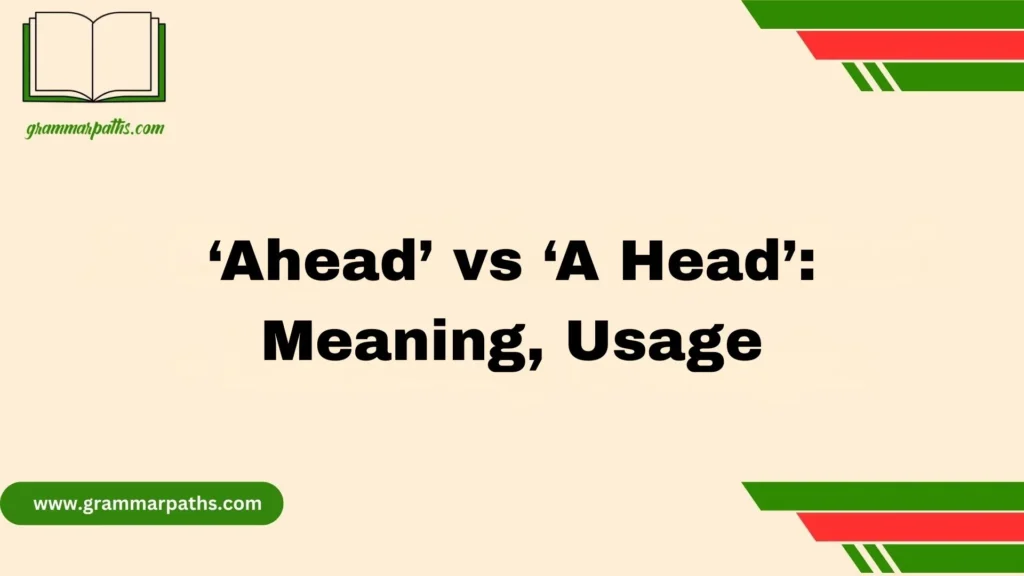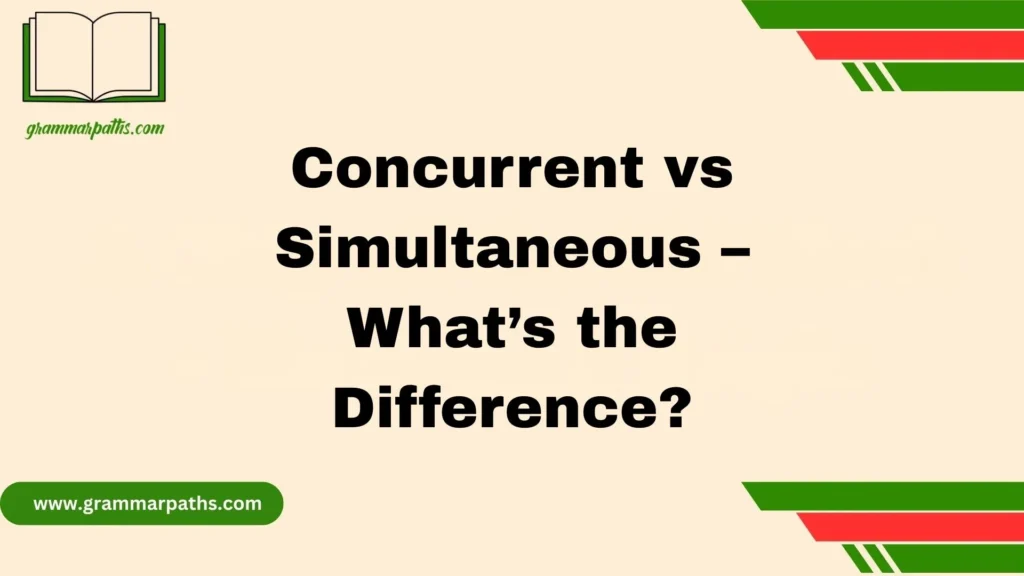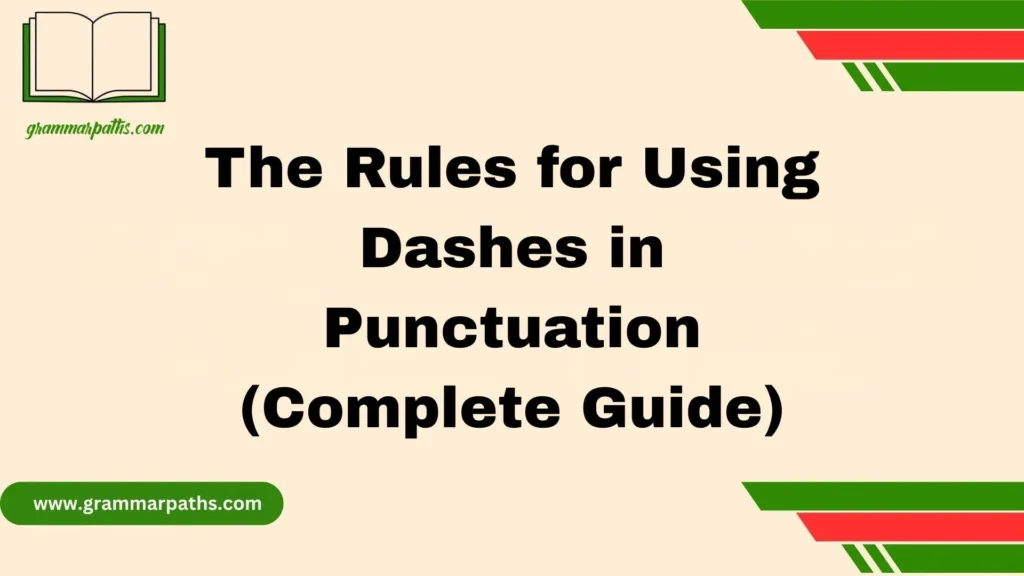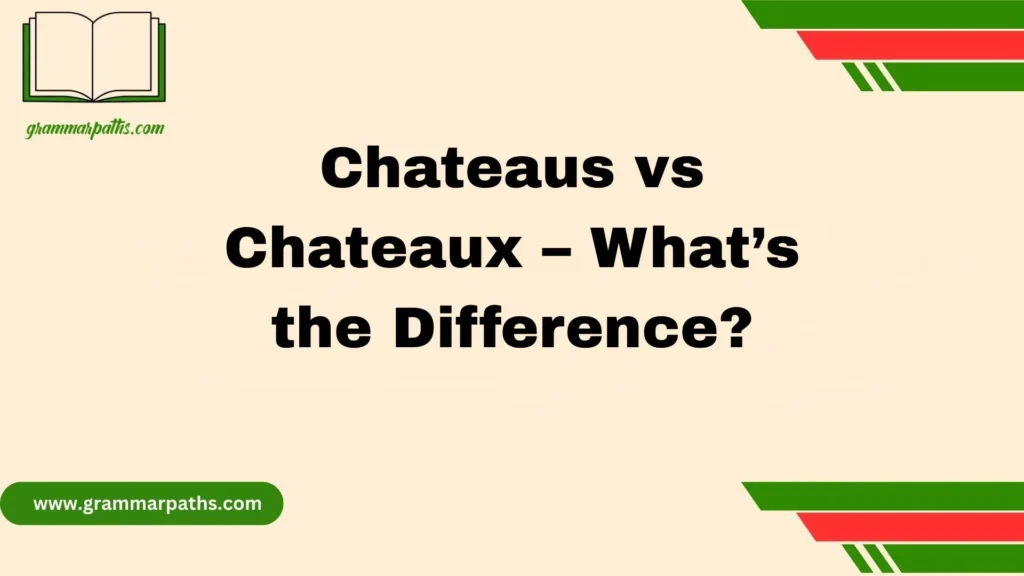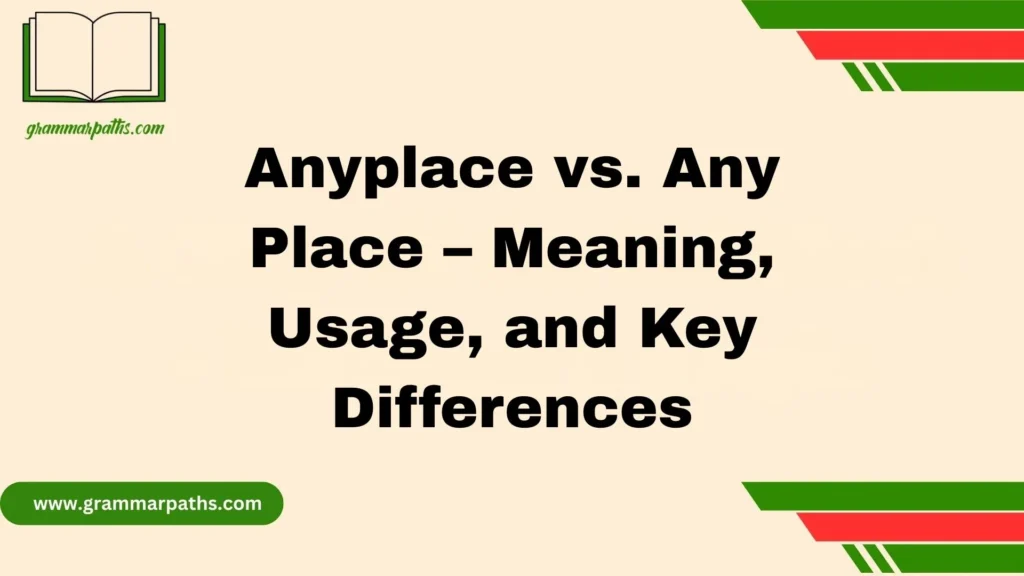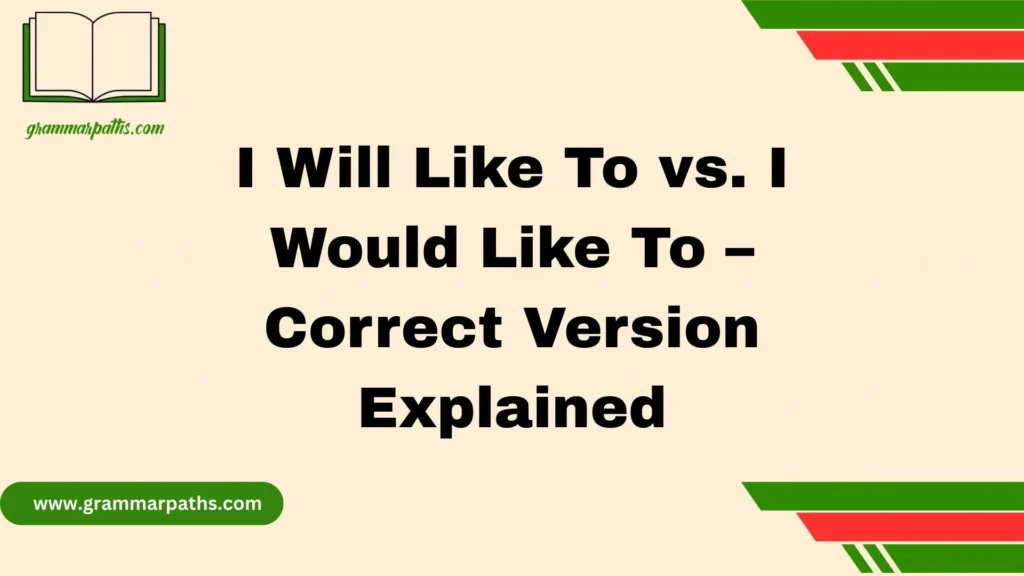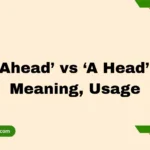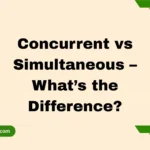The mistake between cord and chord is quite common in everyday writing, mostly due to their similar sound yet different meanings. When we talk about a cord, we usually mean something practical—like a rope, a plug, or an electronic device connection. Think of an extension or heavy-duty cable that powers your appliances, especially in a household setting. It’s a general term used often, with a wide usage umbrella, but it should always be placed in the right context. This is a classic case in the discussion of Cord vs. Chord: What’s the Difference?, where one small spelling change shifts your sentence entirely—something that can cause real confusion if you’re not careful.
When we shift to chord, we enter the world of music and emotion. A chord is a note—or more accurately, notes—played together to create harmony. Whether on a piano or a guitar, when you strum a chord, you create an agreement of sound that can evoke feeling and emotion. Sometimes it resonates so deeply that it inspires expression through popular phrases like “that really struck a chord.” These kinds of metaphoric uses often appear in writing when describing an emotional response, an idea, or even a song that hit just right. And yes, that’s exactly where chord fits in best—when used in those examples that require more than just the sound, but the right emotional and creative context.
Homophones Explained: How Words Sound Alike but Differ in Meaning
English is full of words that sound the same but mean different things. These are called homophones.
- Examples: their/there/they’re, brake/break, bear/bare.
- Homophones often trip people up because spelling and meaning don’t match pronunciation.
Cord vs. Chord is one of the most common homophone confusions. Both sound like kord, yet they evolved separately and serve distinct purposes in modern language.
The Origins of “Cord” and “Chord”: A Historical Look
To really grasp the difference, you need to see where these words came from. Their roots reveal why they look similar but aren’t interchangeable.
The Latin Roots of “Cord”
- Derived from Latin chorda, meaning “string” or “rope.”
- Passed through Old French into Middle English, retaining its physical meaning.
- Historically used for twine, ropes, and anatomical strings like tendons.
Early physicians described body structures as cords (e.g., “vocal cords”), a usage that still exists today. Over centuries, it also became the go-to word for electrical and mechanical wires, making it central to modern technology.
“Chord” in Music and Mathematics
- “Chord” comes from Middle English corde, which was a variant of “accord,” meaning agreement or harmony.
- Musicians shortened “accord” to “cord” and eventually added the “h” (influenced by Greek chordē, meaning string).
- In music, a chord is a set of notes played together to produce harmony.
- In geometry, a chord is a straight line connecting two points on a curve, like a circle’s edge.
This shared heritage explains why “chord” sometimes relates to strings (as in musical instruments), yet its primary meaning shifted to harmonic sound combinations.
Modern Meaning and Usage of “Cord” in American English
Today, “cord” pops up everywhere—from homes and offices to hospitals and clothing stores. Let’s break down its modern uses:
Everyday Objects
- Electrical cords: Power cords for laptops, chargers for phones, extension cords for household devices.
- Appliance cords: Microwaves, toasters, and most kitchen gadgets rely on cords for electricity.
- Outdoor and industrial cords: Heavy-duty cords used on construction sites and in landscaping.
Fact: According to the U.S. Consumer Product Safety Commission, about 4,000 injuries occur annually from tripping over electrical cords—showing how prevalent they are in American homes.
Anatomy and Medicine
“Cord” has deep roots in anatomy, still seen in terms like:
- Spinal cord: A bundle of nerves running down the spine, transmitting messages between brain and body.
- Umbilical cord: The lifeline connecting a fetus to the placenta.
- Vocal cords: Tissue bands in the larynx that produce speech sounds.
Common mistake: People often write vocal chords, but the correct spelling is vocal cords since they’re physical bands, not musical harmonies.
Other Contexts
- Textiles: Drawstring cords in clothing, curtain cords, or braided decorative cords.
- Furniture: Corded upholstery trim.
- Tools: Corded drills and power saws (opposite of cordless versions).
Understanding “Chord” in Today’s Context
While “cord” is tangible and physical, “chord” leans toward sound, emotion, and abstract ideas.
Music Theory and Practice
- A chord consists of three or more notes played together, forming harmony.
- Common chord types:
- Major chords: Bright, happy sound (e.g., C major).
- Minor chords: Sad or somber tone (e.g., A minor).
- Power chords: Popular in rock music, using just two notes for a strong effect.
- Major chords: Bright, happy sound (e.g., C major).
- Chords form the backbone of music composition. Nearly every hit song on U.S. radio uses basic chord progressions like I-IV-V or ii-V-I.
Example:
The song “Hotel California” by The Eagles uses a famous progression: Bm – F# – A – E – G – D – Em – F#.
Mathematical Meaning
In geometry, a chord is a straight line connecting two points on a circle’s circumference.
- Example: A guitar string itself forms a chord line when stretched across two points of the bridge.
- Used in engineering and architecture to calculate arcs, bridges, and circular designs.
Figurative and Emotional Use
- The phrase “strike a chord” means to resonate emotionally.
- Example: A heartfelt speech might “strike a chord with voters.”
- Commonly used in American literature and media to describe emotional connections.
Side-by-Side Comparison: Cord vs. Chord
Here’s a quick reference to distinguish them:
| Feature | Cord | Chord |
| Pronunciation | /kɔːrd/ | /kɔːrd/ |
| Meaning | Rope, wire, anatomical structure | Musical harmony, geometric line, emotion |
| Origin | Latin chorda | Shortened from “accord,” Greek chordē |
| Examples | Extension cord, vocal cords, umbilical cord | Guitar chord, piano chord, strike a chord |
| Context | Physical, tangible objects | Music, math, figurative language |
Common Mistakes and How to Avoid Them
Even seasoned writers and musicians stumble on these homophones.
- “Guitar cord” vs. “guitar chord”: The cable you plug into an amp is a cord, but the notes you play are a chord.
- Vocal cords/chords: Always cords in anatomy. “Chords” doesn’t apply to body parts.
- Typographical errors: Spellcheck often misses homophone mistakes, making careful proofreading essential.
Tip: When in doubt, think: Can I physically hold it? If yes → “cord.” If it’s about music or harmony → “chord.”
Memory Hacks to Remember the Difference
Learning these homophones doesn’t need to be boring. Try these mnemonics:
- Cord: Imagine a cord plugged into the wall. “C” for connect.
- Chord: Think of a choir singing in harmony. “Ch” for choir and harmony.
- Visual memory: Picture a power cord in one hand and guitar chords on a music sheet in the other.
- Rhyming trick: “You can afford a cord, but you play a chord.”
Cord and Chord in American Culture
These words shape both technology and the arts in the United States.
Music and Pop Culture
- Iconic chords:
- “Sweet Home Alabama” uses three chords (D-C-G).
- Nirvana’s “Smells Like Teen Spirit” is driven by power chords.
- “Sweet Home Alabama” uses three chords (D-C-G).
- Many American guitar legends—Jimi Hendrix, Eddie Van Halen, Eric Clapton—became famous for innovative chord progressions.
Popular phrases:
- “Struck a chord” – resonates emotionally
- “Hit the wrong chord” – caused discomfort or offense
Technology and Connectivity
- American homes average 30+ electrical cords, from kitchen appliances to entertainment systems.
- The wireless revolution (Bluetooth, Wi-Fi) reduces cords but hasn’t eliminated them—most devices still rely on cords for charging.
Practical Usage Guide: When and How to Use Each Word Correctly
Here’s a quick-reference guide for real-life situations:
| Scenario | Correct Term | Example Sentence |
| Plugging in a laptop | Cord | “I need a new power cord for my charger.” |
| Playing piano or guitar | Chord | “She learned a G major chord yesterday.” |
| Talking about anatomy | Cord | “The surgeon examined the spinal cord.” |
| Describing emotional impact | Chord | “The charity ad really struck a chord with me.” |
| Geometry lesson | Chord | “Draw a chord across the circle.” |
| Describing textile string | Cord | “He pulled the drawstring cord to tighten the bag.” |
Conclusion
Choosing between cord and chord is simple once you know the difference. A cord usually means a rope, cable, or electrical connection, while a chord belongs to music or emotional expressions. They may sound similar, but using the right word helps you write clearly, avoid mistakes, and communicate with precision. Whether you’re plugging in an appliance or strumming a guitar, the correct choice makes your writing sound confident and professional.
FAQs
1. Why do people confuse “cord” and “chord”?
They are homophones, meaning they sound identical, which often leads to confusion in writing and everyday language.
2. Can “cord” ever mean music?
No. Cord relates to ropes, wires, or cables—not music. For musical sounds, always use chord.
3. What’s a good way to remember the difference?
Think of a guitar chord (with “h” for harmony) and an extension cord (no “h” because it’s a physical object).
4. Are there idioms that use “chord”?
Yes. Phrases like “strike a chord” or “hit a chord” describe a strong emotional reaction or connection.
5. Does “cord” have other meanings in science or medicine?
Yes. It can describe things like a spinal cord, umbilical cord, or vocal cords in biology and medicine.

Mia Rose is the passionate writer and founder of GrammarPaths.com, a resource dedicated to helping learners master English grammar, idioms, and writing skills with ease. With a deep love for language and years of experience in teaching and content creation, Mia simplifies complex grammar rules into clear, practical guides that readers can instantly apply.
